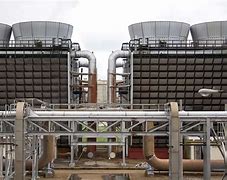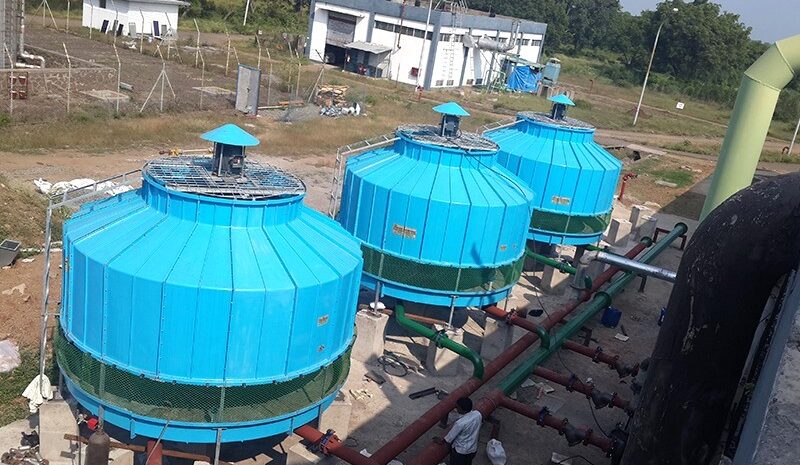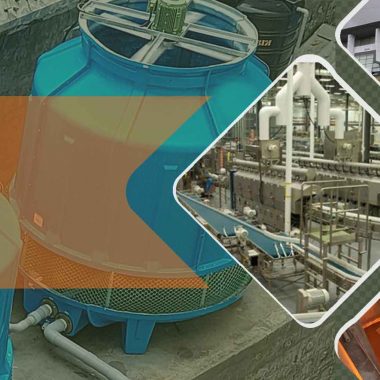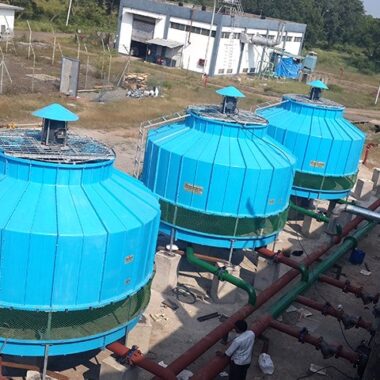How is the efficiency of a cooling tower measured?
How is the efficiency of a cooling tower measured?
The productivity of a cooling tower is ordinarily measured by assessing its capacity to remove heat from a prepare liquid, usually water, through the method of evaporation. How is the efficiency of a cooling tower measured?, A few parameters are commonly utilized to measure cooling tower efficiency:
1) Cooling Range:
The temperature difference between the hot water entering the cooling tower and the cooled water leaving the tower. A bigger cooling run shows more viable heat removal.
2) Approach Temperature:
The temperature difference between the cooled water leaving the tower and the surrounding wet-bulb temperature. A smaller approach temperature shows more effective cooling tower operation.
3) Range and Approach Ratio:
The ratio of the cooling range to the approach temperature. A higher extend and approach proportion propose better performance.
4) Cycles of Concentration:
The proportion of the concentration of dissolved solids within the cooled water leaving the tower to the concentration of dissolved solids within the hot water entering the tower. Higher cycles of concentration indicate more proficient water utilization and lower water utilization.
5) Heat Rejection Efficiency:
The proportion of the heat rejected by the cooling tower to the heat retained by the method liquid. Higher heat rejection efficiency values demonstrate more viable heat transfer.
6) Fan Power Consumption:
The electrical power consumed by the cooling tower fans to circulate air through the tower. Lower fan power utilization values show more energy-efficient operation.
7) Blowdown Rate:
The rate at which water is released from the cooling tower to control the concentration of broken down solids. Lower blowdown rates recommend better water conservation and efficiency.
8) Overall Efficiency:
A comprehensive assessment of the cooling tower’s execution, considering variables such as cooling capacity, water utilization, energy consumption, and environmental impact.
These parameters can be measured specifically using instrumentation and sensors introduced on the cooling tower or calculated based on operational information and performance characteristics. Assessing these measurements makes a difference evaluate the efficiency of the cooling tower and distinguish opportunities for optimization and advancement in cooling system operation.






How is Water Loss Calculated in Cooling Tower ? - Cool Fab Equipments May 17, 2024 at 7:03 pm
[…] loss in a cooling tower can be calculated using the principles of mass balance, considering various factors such as […]
The Science Behind Plume Abatement in Round Cooling Towers - Cool Fab Equipments June 24, 2024 at 10:42 pm
[…] abatement could be a basic perspective of cooling tower operation, especially in round cooling towers that are often utilized in industrial and commercial settings. […]